"The Ta Con station that burned down years ago"...
“ On the banks of Hien Luong, this afternoon I stood looking back, my eyes filled with love for my hometown, my eyes filled with love for my hometown”… As the car approached Doc Mieu - Con Tien (Gio Linh district), without anyone telling anyone, everyone in the group of elderly journalists and Ha Tinh veterans visiting Quang Tri this time suddenly sang softly together.
The painful and heroic past comes back to mind, especially for journalists and veterans who had gone through difficult days of fighting along the banks of the river (17th parallel). Stories about the days of “eating rice on the northern bank, fighting the enemy on the southern bank”, about the McNamara electronic fence, about families separated by the two banks of the Ben Hai River, standing every afternoon looking out to the other side, about famous films “17th Parallel Day and Night” “One River”… are always buzzing and exciting.

Journalist Nguyen Khac Hien, who spent 4 years living and fighting on both sides of the river, pointed to the slope in front of him and said: “It is just a normal slope, but during the war, the McNamara electronic fence - a special fence system built by the US along the southern part of the temporary military demarcation line (south of Ben Hai River) from Gio Linh coast through Gio My hill to Doc Mieu, Con Tien to the Vietnam - Laos border to prevent attacks by our army and people from the North.
In this fence system, Doc Mieu is the center of sophisticated electronic reconnaissance equipment, a powerful "magic eye". However, under the enemy's bombs and bullets and the "magic eye" monitoring, every night, troops from the North still quietly cross the river to the South, and trucks still cross Truong Son straight ahead...".
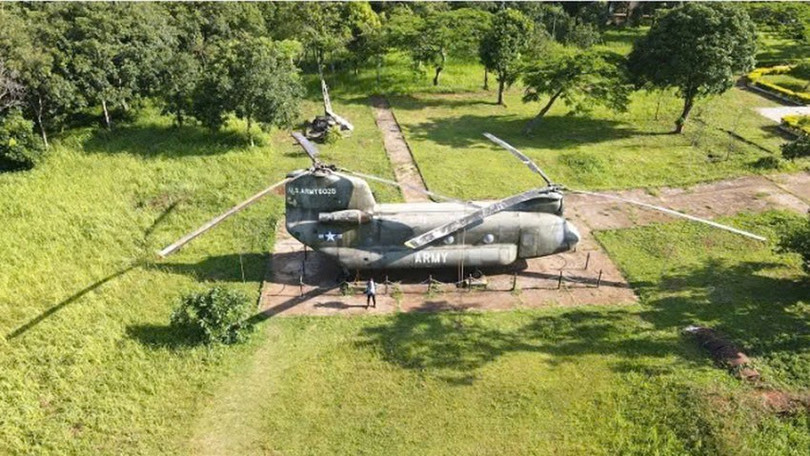
We continued on to Khe Sanh town, Huong Hoa district. The Ta Con airport relic and the Route 9 Victory Museum in the afternoon sun were so peaceful. Joining our footsteps were veterans from all over the country who came to visit the old battlefield, including foreign tourists. As time passed, enemy planes and tanks were scattered throughout the museum area, photos, numbers... like film footage recounting the heroic feats of our army and people.
Ta Con, in Van Kieu language meaning flat, happy land, is a hill located next to the Sepon River, 20 km from the Vietnam - Laos border. The US built the Route 9 - Khe Sanh defense line, along with Con Tien - Doc Mieu into two pincers to prevent support and attacks from our army from the North. The enemy concentrated tens of thousands of US and puppet troops along with hundreds of aircraft and artillery of all kinds here. The US imperialists and the Saigon government paid special attention to Route 9 - Khe Sanh and considered this place as the "anchor" in the West of the entire strategic defense system in the South of the demilitarized zone. Therefore, the US - puppet troops focused on building a cluster of strongholds that they considered invincible with a troop strength of more than 45,000 (including 28,000 US troops).
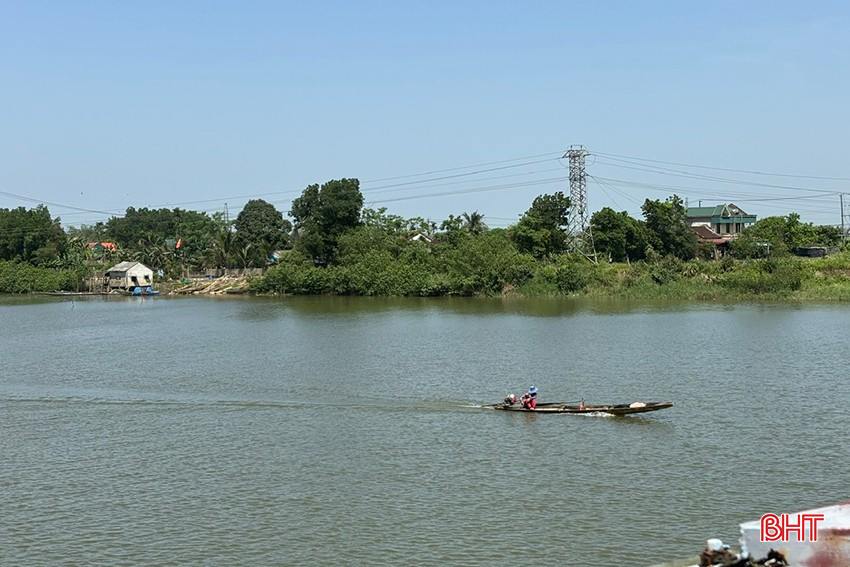
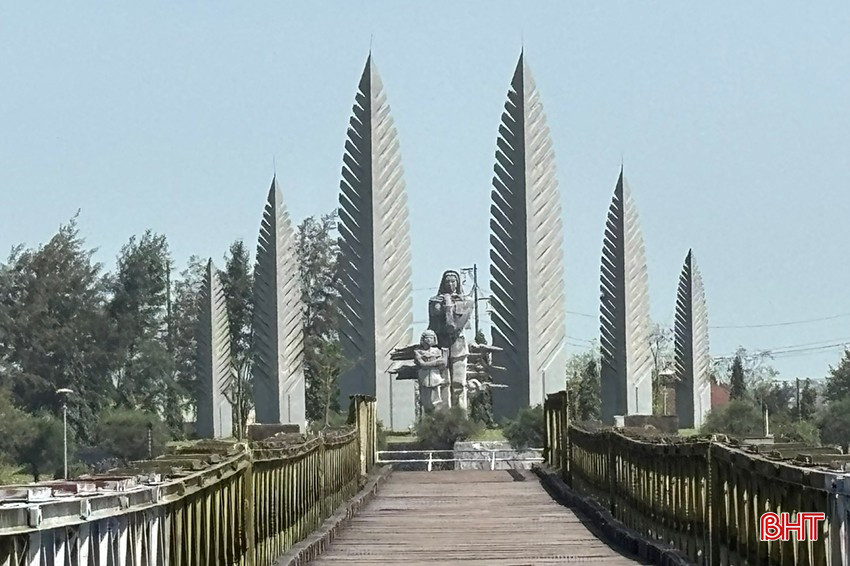
The Khe Sanh campaign lasted 170 days, from January 1968 to June 1968. On January 20, we opened fire to surround, attract, pin down and disperse enemy firepower. They could not have imagined that we had brought into Khe Sanh more than 200,000 troops, 81 tons of weapons and ammunition, tearing apart the enemy's defense system. Artillery positions on the Vietnam - Laos defense line fired to control the sky, preventing them from receiving reinforcements by plane, forcing them to mobilize troops from Hue, and finally forcing them to flee. On July 9, 1968, the Khe Sanh campaign was completely victorious.
57 years have passed, returning to the old battlefield in these April days, veteran Vu Duy Tan (Nam Dinh City, Nam Dinh Province), who was a soldier of C2 F2, Division 320 who fought here, could not help but be moved: “The landscape has changed so much. Every inch of land and blade of grass here was plowed up and down by bombs and bullets, many of my comrades fell to have a day of total victory”.

Ta Con today is truly a flat, happy land when the coffee hills of the Van Kieu and Pa Co people are covered in a green color of prosperity. Khe Sanh town is bustling with asphalt roads winding along the peaceful hillsides.
Vinh Moc Tunnels, life underground
Coming to Quang Tri this time, we all wanted to visit Vinh Moc tunnel again. The spirit of “Not an inch gone, not a millimeter moved” showed the determination of Vinh Linh people to stay to protect the land on the northern bank of Ben Hai river. A typical example is Vinh Moc.
Vinh Moc - a village located on a red hill near the coast, about 14 km east of Ho Xa town of Vinh Linh district, 6 km north of Cua Tung. When Quang Tri was cut in half by the 17th parallel, the land of Vinh Linh north of Ben Hai river became a "bomb bag, a fire pan".

Vinh Moc is the gathering point for support for Con Co Island. Vinh Moc Tunnels is a deep underground tunnel system consisting of 3 main tunnels connected together with a total length of over 1,700 m, built in nearly 3 years from 1965 to 1967...
This tunnel is located in the heart of a red basalt hill running close to the edge of the sea, dug higher than sea level, with a slope to allow water to drain easily, ensuring that all activities can still take place normally even in the rainy season. The tunnel has a total of 13 doors, including 7 doors opening to the sea, 6 doors leading to the hill. Thanks to the tunnel doors opening to the sea, the basement is always cool in the summer and warm in the winter.
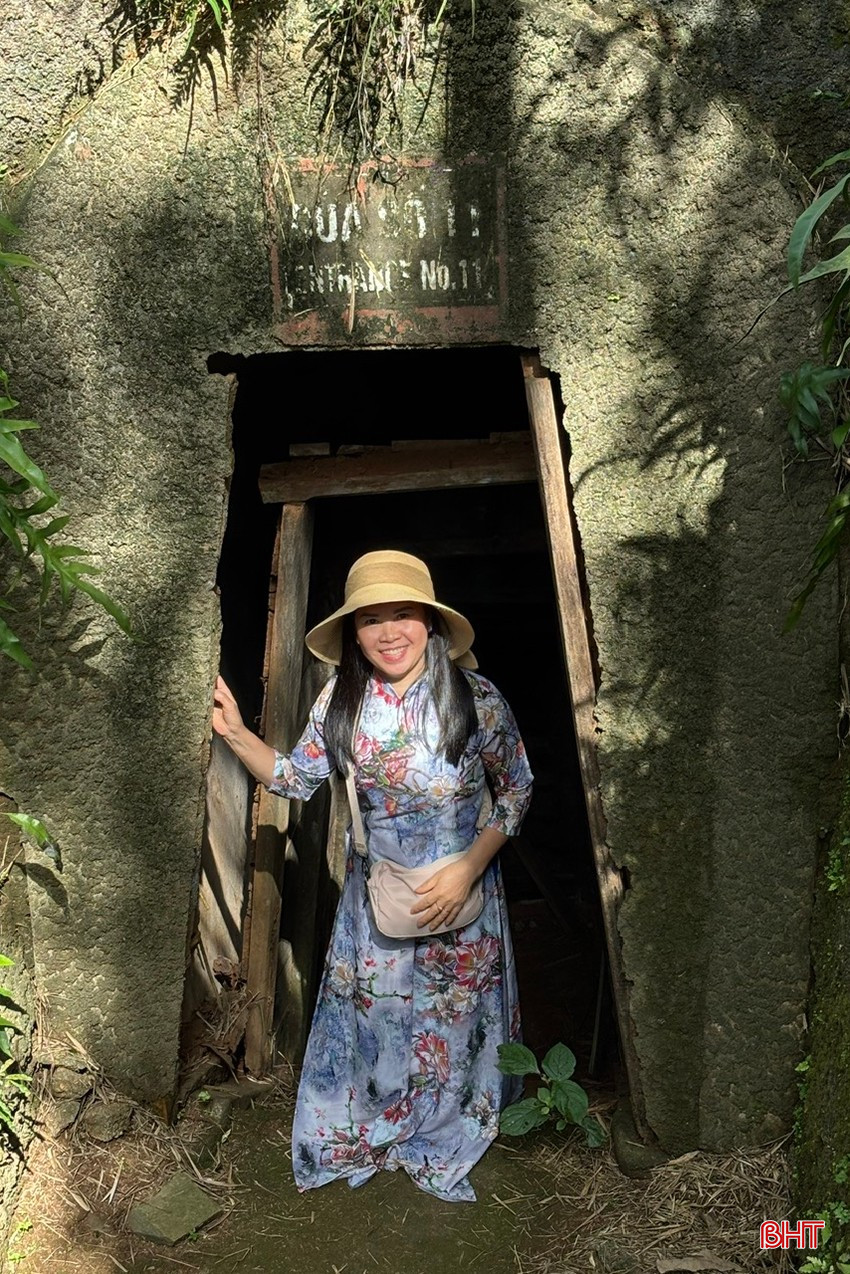
It took the forces about 18,000 working days to dig and transport 6,000m3 of earth and rock to complete this unique, magnificent work. During nearly 2,000 days and nights in the tunnel, the people of Vinh Moc and Vinh Linh in general created a legend of miraculous vitality. Here, life still thrives, 17 babies have been born, all activities of the people still take place. Production to serve life, fight and support for Con Co island is still maintained despite countless difficulties. Here there are full: ammunition and food warehouses, Party and government agencies, military, public works, water wells, halls, maternity homes, surgical stations, information stations... Vinh Moc tunnel village was honored as a Hero by the Party and State twice and in 1976 was recognized as a special National Monument.
Not having the opportunity to explore all the tunnels, our group followed the tour guide down to door number 3 and up to door number 5 after climbing 81 steps. Along the way, we saw many international visitors. They came here to explore the mysteries of the underground life of the Vietnamese people, to better understand the strength that made the victory of an entire nation. Vinh Moc has now become a tourist destination that attracts many domestic and foreign tourists.
Before returning to Ha Tinh, our group offered incense to the martyrs at the ancient citadel of Quang Tri, and with emotion stepped on the lime line marking the dividing line at the 17th parallel right in the middle of Hien Luong bridge. At the foot of the bridge, the Ben Hai river, a clear blue color, flows tirelessly into Cua Tung sea. On both sides of the river, peaceful houses sleep under the midday sun. The monument cluster "Aspiration for Unification" still rises up under the bright blue sky. 50 years since the day the country was reunited, the pain of the division of the country now only remains in memory. Beloved Quang Tri, full of vitality, happily welcomes the footsteps returning, to reunite, show gratitude, contemplate, to know how to cherish more each inch of land soaked in the blood of our ancestors and live more responsibly in the present...
Source: https://baohatinh.vn/xanh-tham-doi-bo-ben-hai-post286359.html





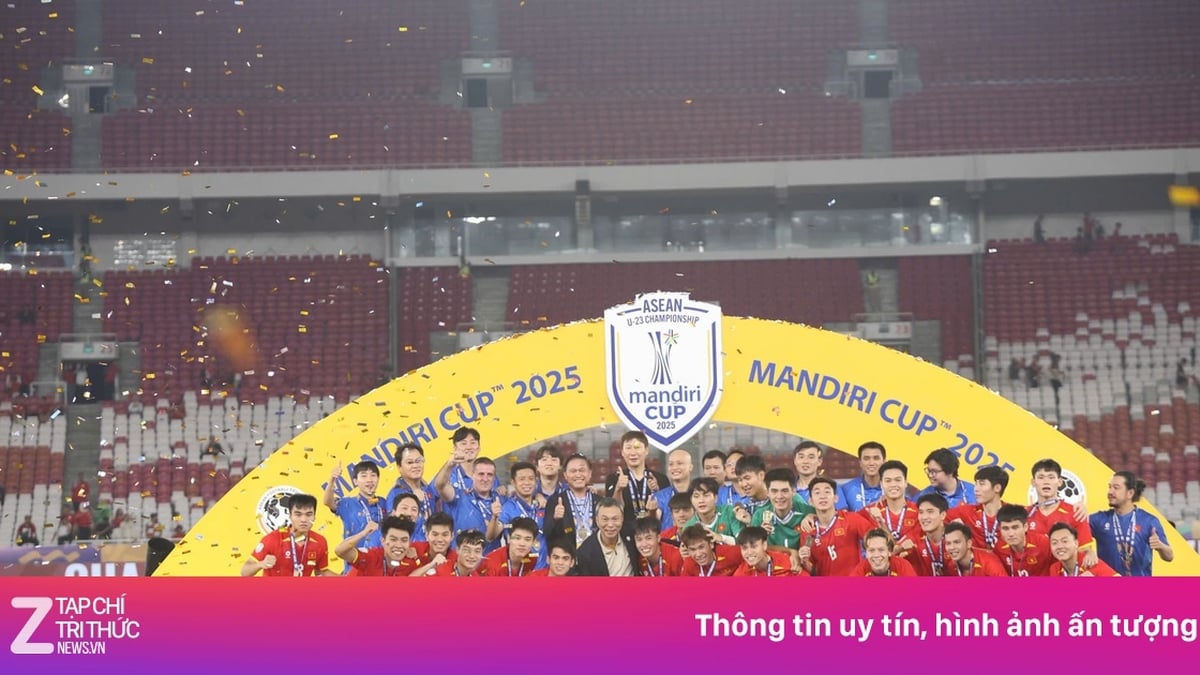


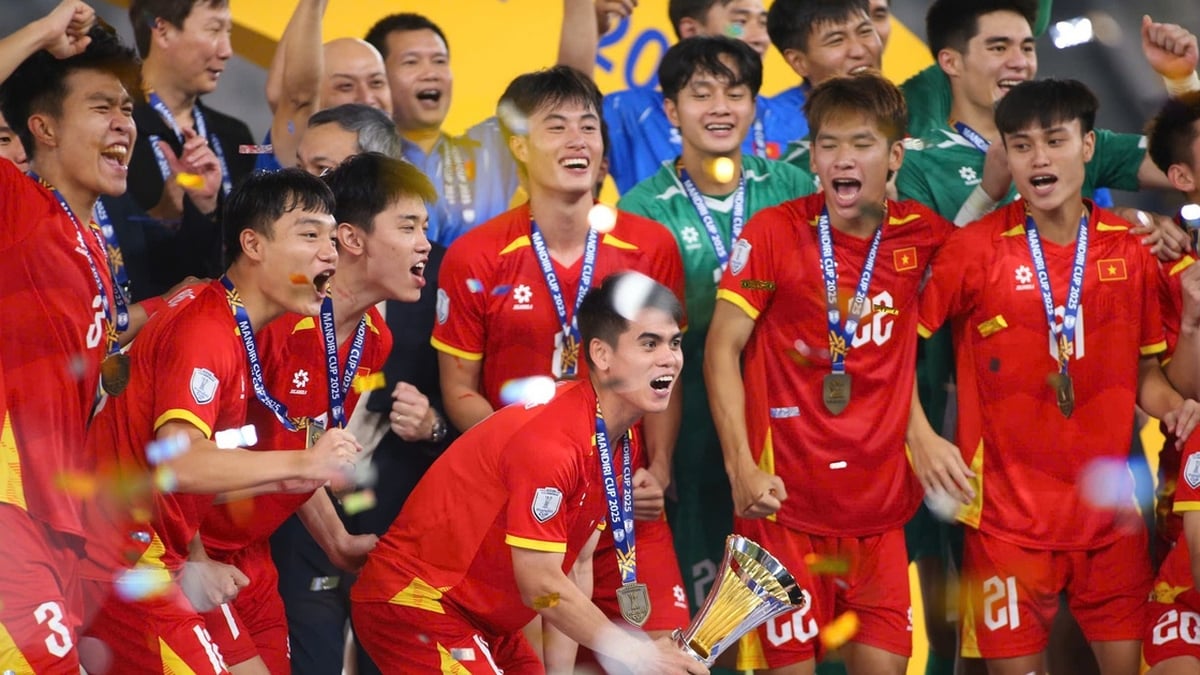

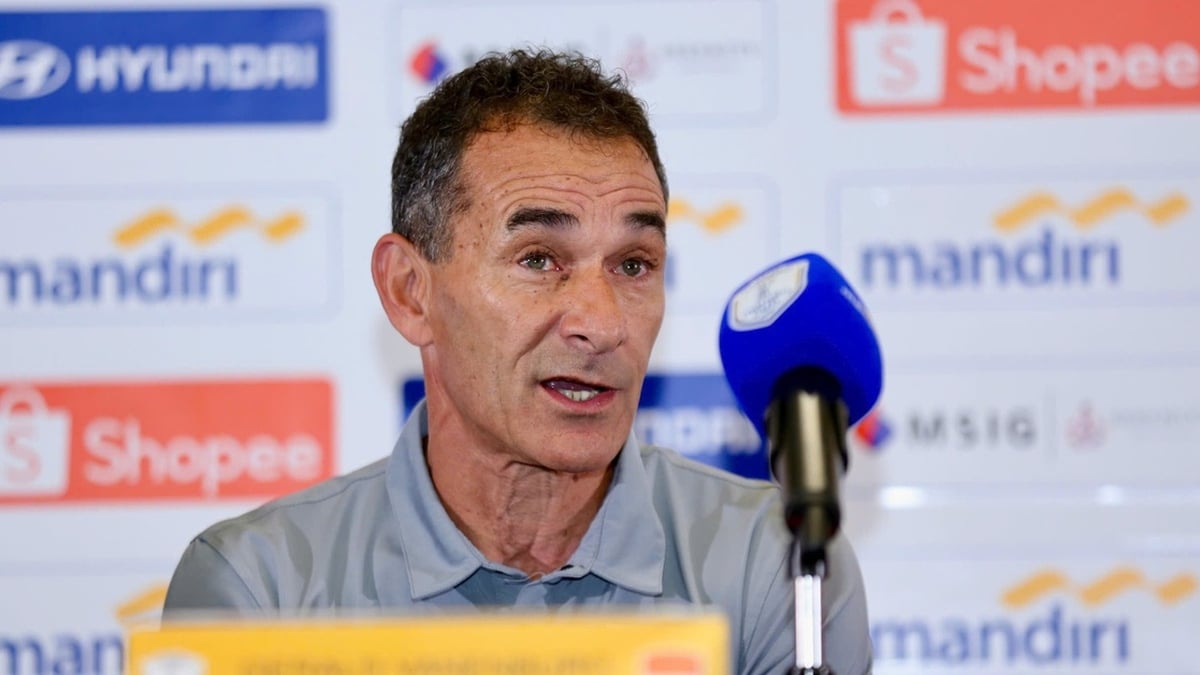












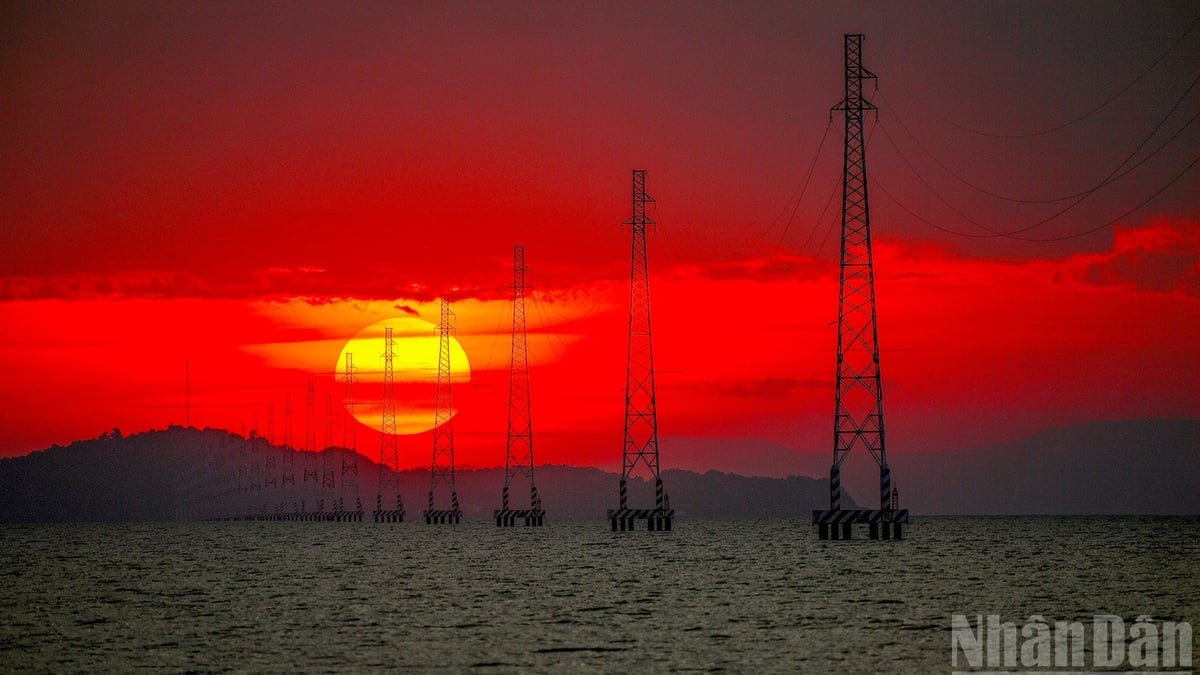
![[Photo] National Assembly Chairman attends the seminar "Building and operating an international financial center and recommendations for Vietnam"](https://vphoto.vietnam.vn/thumb/1200x675/vietnam/resource/IMAGE/2025/7/28/76393436936e457db31ec84433289f72)




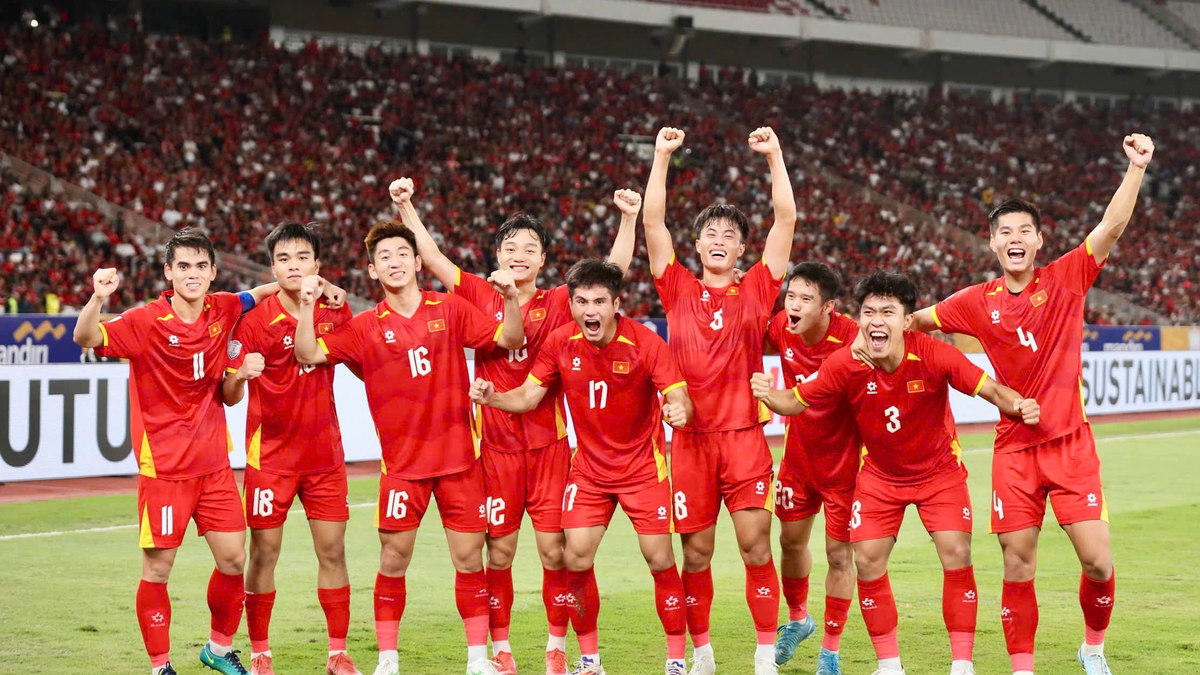


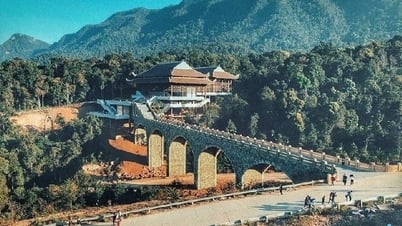

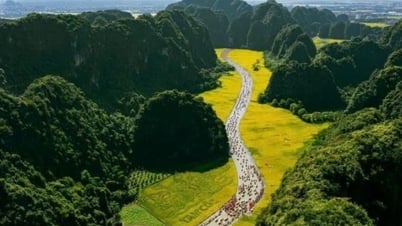

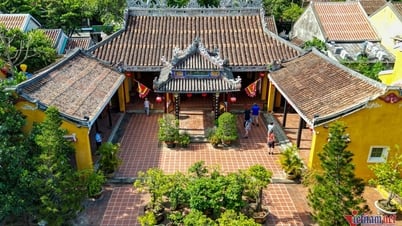

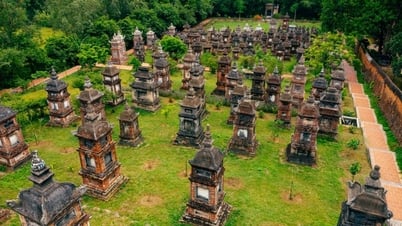

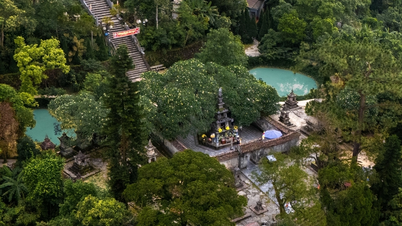


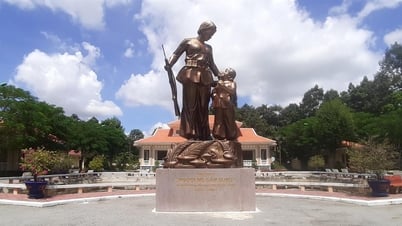
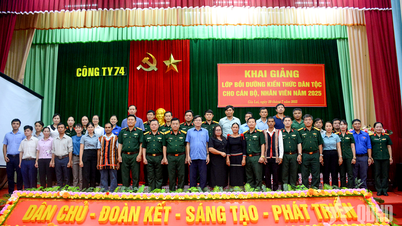





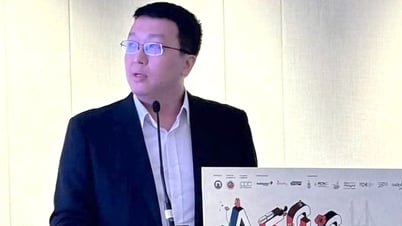

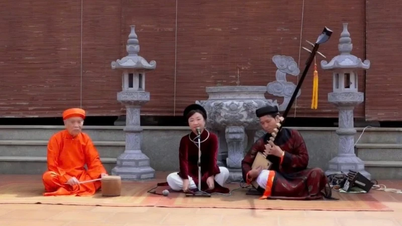







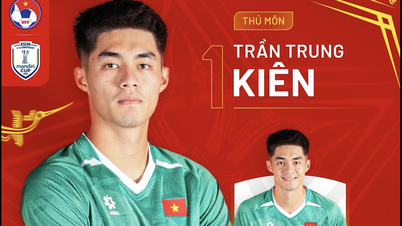

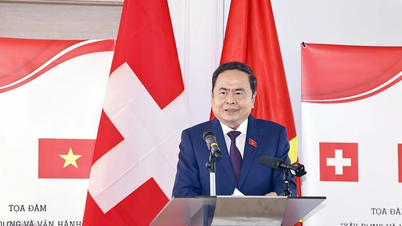



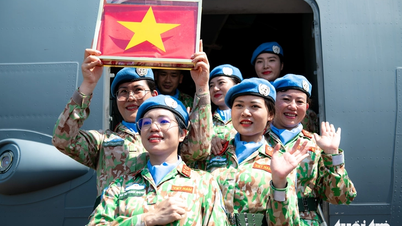


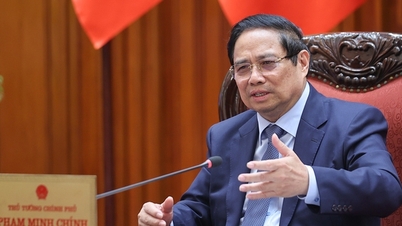
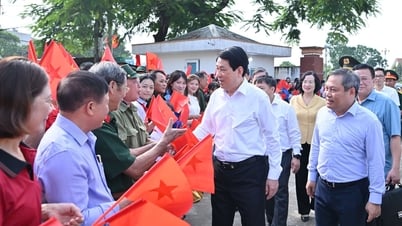

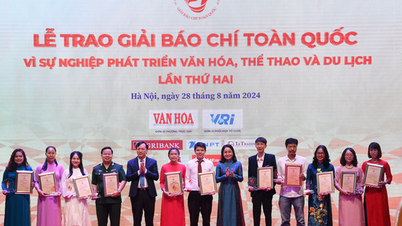
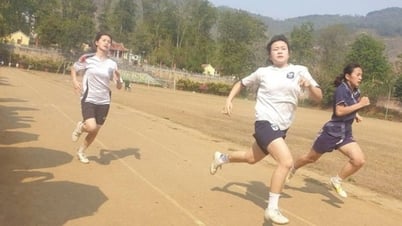
























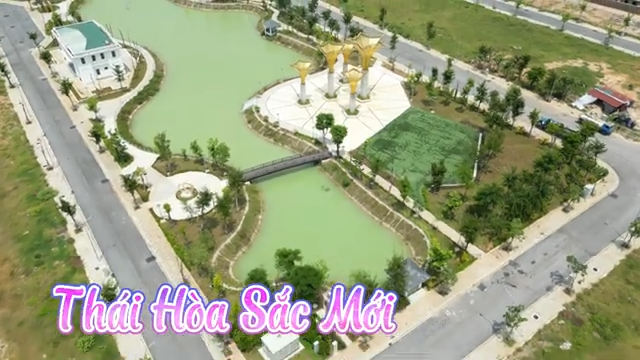
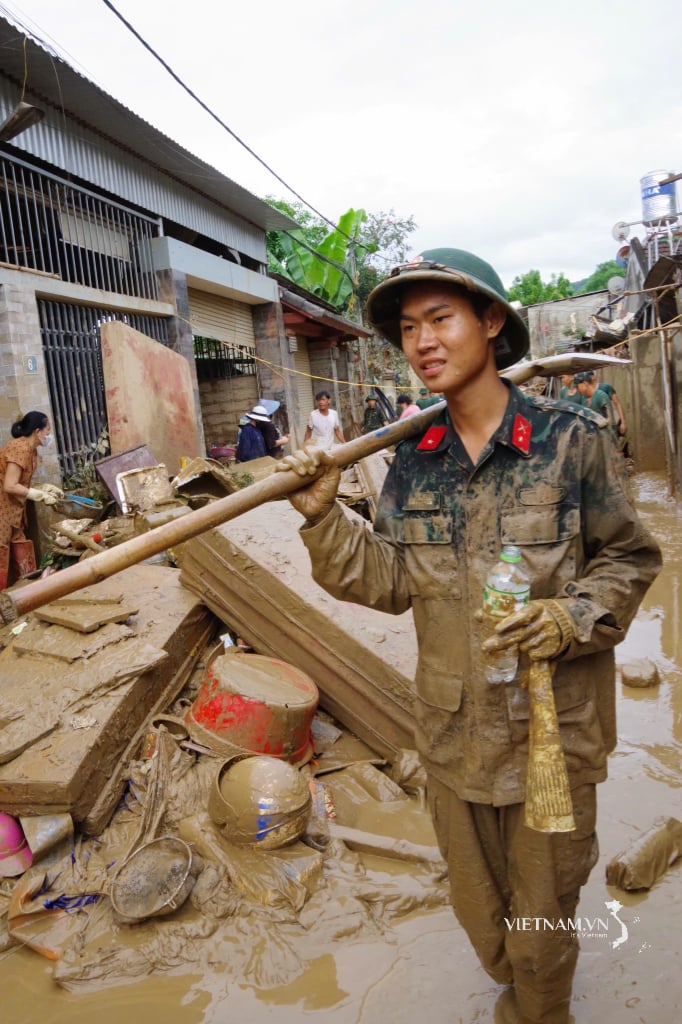
Comment (0)